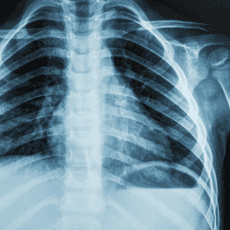In 2013, in Philadelphia, Pennsylvania, an unsecured brick wall on a demolition site collapsed onto the adjacent Salvation Army store. The three to four story brick wall crushed the store, killed seven individuals, and injured 12 others, affecting a total of 19 families. A mass injury, wrongful death lawsuit filed in response concluded earlier this year.
The victims were awarded $227 million by a settlement in February, after a 17-week long trial, while the jury was still deliberating. The jury found the Salvation Army, as well as the demolition site’s owner, and the architect and contractor doing the demolition, liable for the collapse, deaths, and injuries. Of the $227 million, $200 million will be paid by the Salvation Army, while the remainder will be paid by the demolition site’s owner. However, none of the victims or families have been paid yet as the damages were not apportioned.
Dividing the Damages
Generally, juries will divide large awards and decide how much to award each plaintiff. However, parties can also agree to handle the division of the award separately, outside of court. In the Philadelphia wall collapse case, the multi-million dollar settlement award was not divided amongst the victims during the trial, nor as part of the settlement. As such, the survivors and families of the deceased will be going to arbitration to divide the proceeds.
Unlike a class action verdict, when there are multiple plaintiffs that must divide a jury’s award, every plaintiff must agree on how the money will be distributed. Sometimes, this can be done via a conversation and mutual agreement. But, when there are nearly 20 different parties, as in the Philadelphia wall collapse, parties will frequently agree to allow an arbitrator or other neutral third party to divide the proceeds.
Arbitrating Damages
When parties go before an arbitrator to divide monetary awards secured via a verdict or settlement, before the process gets started, each individual will be required to sign an agreement to be bound by the decision that gets made. This means that individuals will not be able to appeal the decision in court, absent rather limited, extraordinary circumstances.
After agreeing to be bound, each party that wants to be awarded a portion of the verdict will submit evidence and testimony to the arbitrator about their individual damages. After the arbitrator has heard from all the parties seeking compensation, they will divide the damages based upon the evidence received. Fortunately for the victims and families, this type of arbitration is unlikely to drag on as long as the trial, and could be concluded within the next few months.


